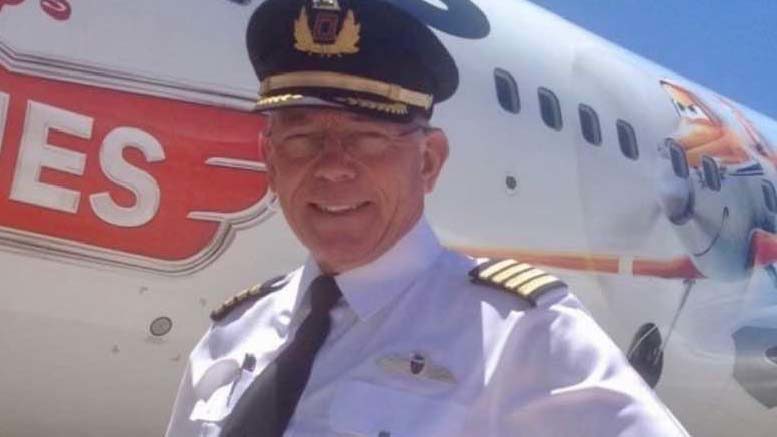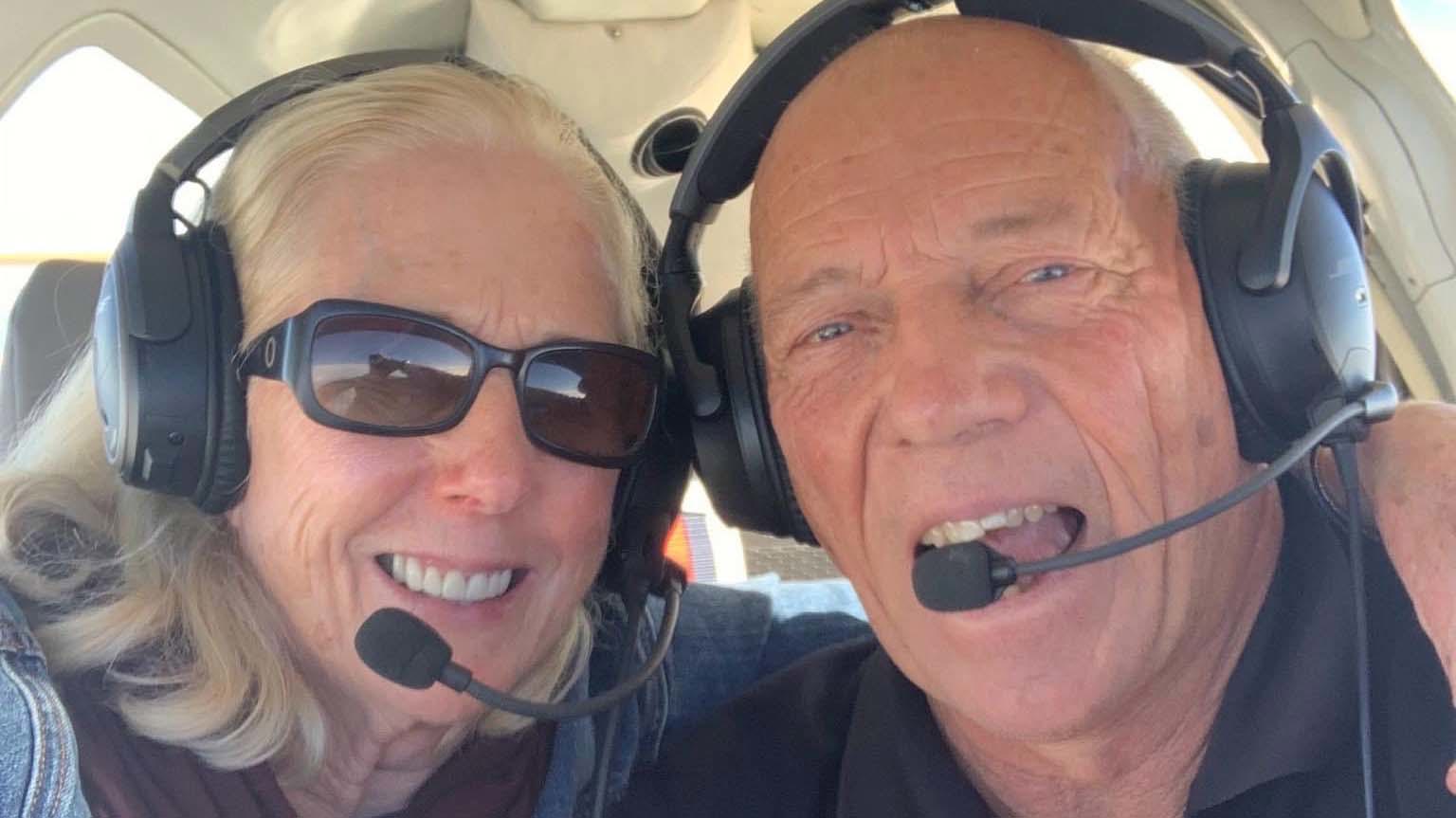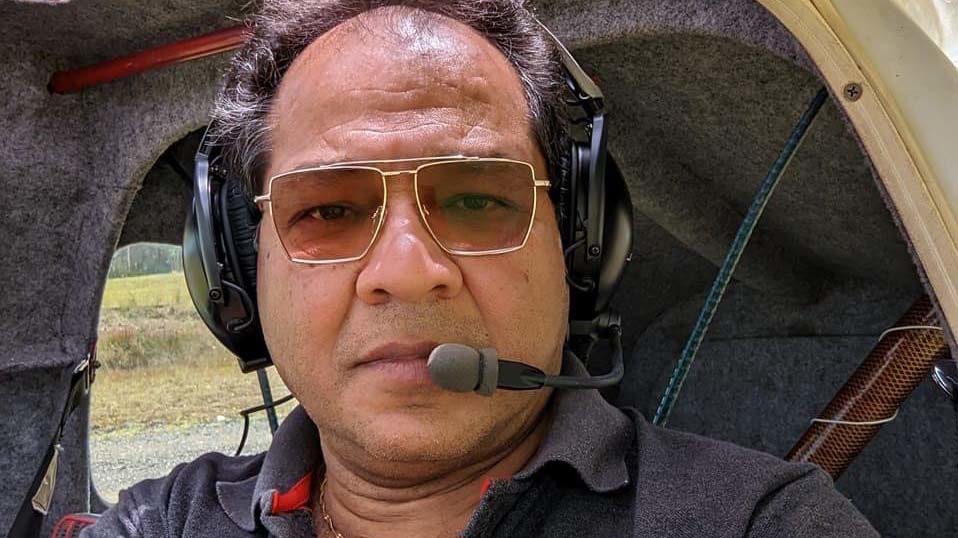An off-duty Qantas captain and a 60-year-old man have been named as two of the three victims of a light plane crash in Sydney’s south-west.
Grandfather Gary Criddle, 72, known by his friends and family as Gaz, was one of two men aboard the Cessna 182 that left Cessnock bound for Shellharbour Airport yesterday.
Khadiervali Gagguturu, 60, was killed in the other plane, a Jabiru flying out of The Oaks, when the aircraft collided in mid-air.
Criddle’s family said he had flown for Qantas for 36 years.
He also spent 20 years in the Navy and Airforce, his family said, where he was a member of The Roulettes display team.
“We’re absolutely devastated beyond words and in total shock by this tragic loss. Gary, affectionately known as Gaz, was a very much loved husband, father, grandfather and aviator,” his family said in a statement.
“He was a mentor to many aspiring pilots and an avid adventurer with plans to sail the world. Gaz was full of fun, laughter and generosity. His loss is immeasurable and he will be deeply missed.”
Qantas chief pilot Richard Tobiano said in a statement the airline was “deeply upset,” and would be supporting his family, friends and colleagues.
“Captain Gary Criddle was a highly respected and loved member of the Qantas flying community,” Tobiano said.
His son Jeff told 9News: “I just want the world to know the amazing man he was.”
The 72-year-old was instructing a 29-year-old pilot inside a Cessna travelling from the Hunter to Wollongong around midday yesterday when it collided with another light plane over Belimbla Park, in the Macarthur region.
Gary and his pilot were both killed, as was 60-year-old Khadiervali Gagguturu, who had flown out of an airport nearby at The Oaks.
The Australian Transport Safety Bureau took over the investigation today.
The ATSB is looking into both aircraft’s histories.
A Jabiru matching the model and serial number of Gagguturu’s plane was involved in a crash with a previous owner in 2022.
Chief commissioner Angus Mitchell said the bureau was looking for “anything that can give a better idea of what has occurred, the altitudes they were at, types of speeds at the time”.
“This is known as ‘glass-g’ or non controlled airspace, so it’s very much up to the pilots in a “see and avoid” principle,” he said.
This marks the seventh mid-air collision in Australia over the past five years.
The investigation is focusing on whether both planes were following communication protocols.






